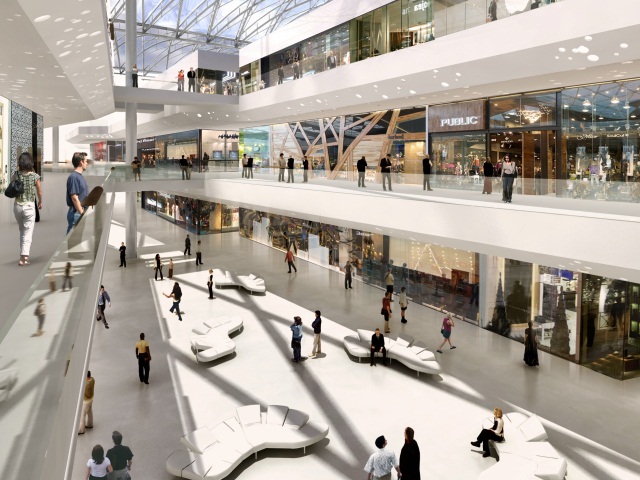Les Halles de Lyon
On Saturday I spent the day in the center of Lyon at Les Halles de Lyon (The Paul Bocuse Market). Similar to Reading Terminal, Les Halles de Lyon is a indoor food market with both small restaurant like stalls as well as Fromageries, Patisseries, Boulangeries, Charcuteries, and a variety of other stalls. After seeing the entire market my host family decided to get oysters, but my correspondant, Guillaume, thought I should try more classic French cuisine while at the market. We decided to try cuisses de grenouilles (frog legs). Although intimidating at first, after trying them I quickly consumed the whole plate. The cuisses de grenouilles were breaded and pan-fried in olive oil, garlic and parsley. In the U.S. I always heard that frogs leg tasted just like chicken, but I think they taste more like a meaty whitefish. Whether they taste like a whitefish or chicken, cuisses de grenouilles were one of the best things I have eaten in France. Les Halles de Lyon is the food center of Lyon, the food captital of France, making it any foodies dream.
Dinner with our French Family
Each dinner I eat at my host family's house consists of seven, yes seven, courses. We start with bread, butter, and water. After that, we move to the main course which consists of a protein, a vegetable, and a starch. Some of the main courses are sausage Lyonnais, steamed radishes, with spiced rice, or roasted chicken with lyonnaise carrots, and potatoes. After the main course, we have cheese: from classics like camembert to sticky cheeses such as Epoisses, or
Rhône-Alpes specialties like D'affinois. The cheeses are always fantastic. After the cheese, we have yogurt, flan, and mousse. For our fifth course, we have a prepared dessert like apple tart or malgache a Madagascan banana cake. After dessert, we have fruit, and last but not least, coffee and tea. The meals are massive, and I have slowly learned how to pace myself in order to try everything.
-Alex and Max




















